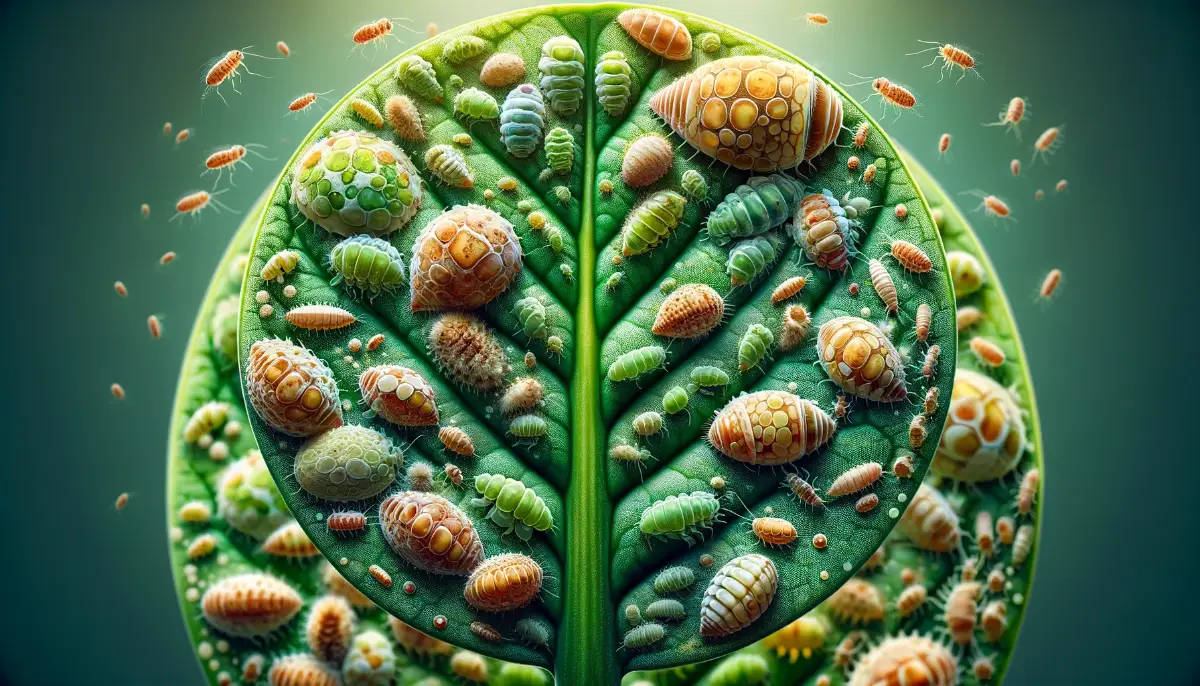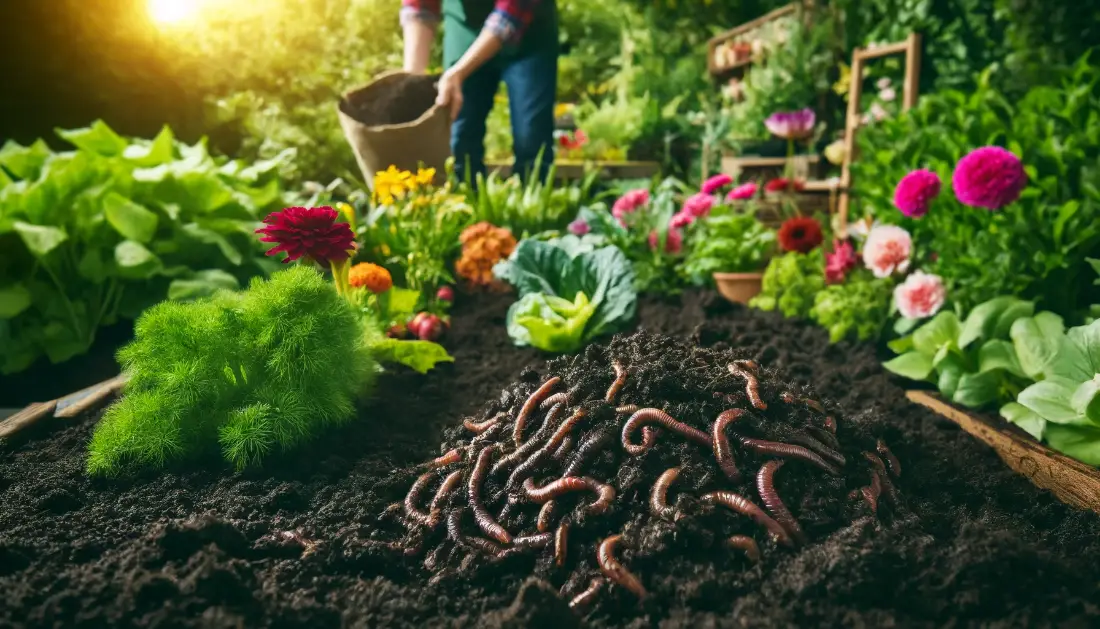In maintaining a healthy garden, one of the significant challenges is dealing with unwanted visitors like rodents and moles. These pests can wreak havoc on your plants, soil, and overall garden structure, making it essential to find effective control methods.
Eco-friendly rodent and mole control offers safe and natural solutions that not only protect your garden but also ensure the safety of your family, pets, and beneficial wildlife.
- Eco-friendly solutions are safe for the environment.
- Natural methods are effective in controlling rodent and mole populations.
- These methods promote a healthier garden ecosystem.
The Impact of Rodents and Moles on Gardens
Rodents and moles can cause significant damage to gardens. Common garden rodents include mice, rats, and squirrels, while moles are burrowing mammals from the Talpidae family. These pests can:
- Damage plants and roots: Rodents gnaw on stems, leaves, and fruits, while moles disrupt root systems with their tunneling.
- Disturb soil structure: Mole tunnels can lead to uneven soil, which affects plant stability and growth.
- Create unsightly garden areas: The presence of holes and mounds from moles makes gardens look untidy.
- Spread diseases: Rodents can carry diseases that are harmful to humans and pets.
Eco-friendly rodent and mole control is crucial to mitigate these issues without harming the environment.
Why Choose Eco-Friendly Control Methods
Opting for natural pest control methods offers several benefits:
- Environmental protection: Unlike chemical pesticides, eco-friendly solutions do not pollute the soil and water.
- Safety for pets and children: Natural methods reduce the risk of exposure to toxic substances.
- Beneficial for garden wildlife: Eco-friendly controls do not harm helpful creatures like bees, birds, and earthworms.
- Long-term sustainability: Natural methods can create a balanced ecosystem that naturally regulates pest populations.
Plant-Based Repellents
Using plant-based repellents is an effective and natural way to deter rodents and moles from your garden. Certain plants have strong scents and properties that these pests find unappealing. Incorporating these plants into your garden can help keep unwanted visitors at bay.
Effective Rodent Repellent Plants
- Peppermint: The strong aroma of peppermint is known to repel rodents. Planting peppermint around the perimeter of your garden or using peppermint oil-soaked cotton balls can help keep rodents away.
- Lavender: While humans enjoy the scent of lavender, rodents do not. Planting lavender can add beauty to your garden while acting as a natural deterrent.
- Rosemary: This herb is not only a great addition to your kitchen but also a rodent repellent. Its strong scent keeps rodents at bay.
- Marigolds: These bright flowers contain pyrethrum, a natural insecticide that repels various pests, including rodents.
Effective Mole Repellent Plants
- Castor Bean Plant: Castor beans are toxic to moles. Planting them in your garden can help deter moles from creating tunnels.
- Daffodils: Moles dislike the taste and scent of daffodils. Planting these flowers can create a natural barrier against moles.
- Alliums: Members of the onion family, such as garlic and chives, are effective in repelling moles due to their strong scent.
How to Use These Plants Effectively
- Plant strategically: Place these repellent plants around the perimeter of your garden or near areas where you have noticed rodent or mole activity.
- Combine with other methods: For maximum effectiveness, use plant-based repellents in combination with other natural control methods like DIY sprays or habitat modification.
- Regular maintenance: Ensure these plants are well-maintained and healthy to maximize their repellent properties.
Incorporating these rodent repellent plants and mole deterrent plants into your garden can provide a natural and aesthetically pleasing way to manage pest populations.
DIY Rodent Repellent Sprays
Creating your own rodent repellent sprays is a cost-effective and eco-friendly way to protect your garden from unwanted pests. These homemade solutions use natural ingredients that are safe for the environment, pets, and children while effectively keeping rodents at bay.
Recipes for Homemade Rodent Repellent Sprays
Peppermint Oil Spray
Ingredients:
- 10-15 drops of peppermint essential oil
- 1 cup of water
- 1 tablespoon of liquid dish soap
Instructions:
- Mix the peppermint oil and water in a spray bottle.
- Add the liquid dish soap to help the solution adhere to surfaces.
- Shake well before each use.
- Spray the mixture around garden borders, plant bases, and any areas where rodents are active.
Effectiveness: The strong scent of peppermint oil repels rodents and masks the smell of food sources.
Garlic and Chili Spray
Ingredients:
- 1 bulb of garlic
- 1 tablespoon of cayenne pepper or chili powder
- 2 cups of water
- 1 tablespoon of liquid dish soap
Instructions:
- Peel and crush the garlic cloves.
- Combine the garlic, cayenne pepper, and water in a container and let it steep overnight.
- Strain the mixture and pour it into a spray bottle.
- Add the liquid dish soap and shake well.
Spray around garden plants and rodent entry points.
Effectiveness: Garlic and chili both have strong odors and flavors that repel rodents effectively.
Helpful Article: Effective Pest and Disease Control with Garlic and Chili Spray
Application Methods and Tips
- Regular Application: For maximum effectiveness, apply these sprays every few days or after rain. The scents can fade, so consistent reapplication is necessary.
- Target Areas: Focus on areas where you have noticed rodent activity, such as near burrows, garden borders, and plant bases.
- Combine with Other Methods: Using these sprays in conjunction with plant-based repellents and habitat modification will enhance their effectiveness.
Habitat Modification
One of the most effective ways to control rodent and mole populations in your garden is through habitat modification. By altering the environment to make it less attractive to these pests, you can significantly reduce their presence and minimize the damage they cause. This eco-friendly approach focuses on removing resources that rodents and moles need to survive.
Techniques to Make the Garden Less Attractive to Rodents
Remove Food Sources
- Secure Trash Bins: Use tightly sealed trash bins to prevent rodents from accessing food scraps.
- Clean Up Fallen Fruits and Vegetables: Regularly remove any fallen produce from your garden to eliminate easy food sources.
- Store Pet Food Properly: Keep pet food in sealed containers and avoid leaving it outside.
Eliminate Shelter and Nesting Materials
- Clear Clutter: Remove piles of leaves, wood, and other debris where rodents can hide and build nests.
- Trim Vegetation: Keep grass and vegetation trimmed and well-maintained to reduce hiding spots.
- Seal Entry Points: Inspect your home and garden structures for gaps or holes and seal them to prevent rodents from entering and nesting.
Techniques to Make the Garden Less Attractive to Moles
Reduce Soil Insect Populations
- Nematodes: Use beneficial nematodes to control grubs and other soil insects that moles feed on.
- Insect-Repelling Plants: Plant marigolds and other insect-repelling plants to reduce the insect population in your soil.
Improve Soil Drainage
- Aerate Soil: Regularly aerate your garden soil to improve drainage and make it less attractive to moles.
- Avoid Overwatering: Overwatered soil attracts moles. Ensure proper watering techniques to keep soil conditions balanced.
Create Physical Barriers
- Underground Fencing: Install hardware cloth or metal mesh barriers buried at least 2 feet deep around garden beds to prevent moles from tunneling.
- Gravel Trenches: Create trenches filled with gravel around your garden to deter moles from digging.
Benefits of Habitat Modification
- Long-Term Effectiveness: Modifying the habitat provides a sustainable solution that reduces the likelihood of pests returning.
- Safety and Eco-Friendliness: This method relies on natural and non-toxic changes, making it safe for the environment, pets, and humans.
- Cost-Effectiveness: Habitat modification often requires minimal investment compared to ongoing pest control measures.
By implementing these rodent habitat modification and mole habitat modification techniques, you can create an environment that is less inviting to these pests, helping to maintain a healthier and more productive garden.
FAQs about Eco-Friendly Rodent and Mole Control
What are the best plants to deter rodents and moles?
Effective plants include peppermint, lavender, rosemary, marigolds, castor beans, daffodils, and alliums. These plants have strong scents or toxic properties that repel rodents and moles naturally.
How often should I apply natural rodent and mole repellents?
Apply natural repellents every few days or after rainfall to maintain their effectiveness. Consistent reapplication ensures the scents and properties remain strong enough to deter pests.
Are eco-friendly methods as effective as chemical solutions?
Yes, eco-friendly methods can be just as effective as chemical solutions when used correctly. They offer the added benefits of being safe for the environment, pets, and humans while promoting a balanced garden ecosystem.
What are some signs that I have a rodent or mole problem in my garden?
Look for signs such as droppings, gnaw marks on plants and structures, nests, burrows, molehills, surface tunnels, and damaged plants. Regular garden inspections help in early detection.
How can I make my garden less attractive to rodents and moles?
Remove food sources, clear clutter, trim vegetation, seal entry points, reduce soil insect populations, and improve soil drainage. These habitat modification techniques help deter pests naturally.
What are some natural predators of rodents and moles?
Natural predators include owls, snakes, cats, and beneficial insects. Encouraging these predators in your garden can help control rodent and mole populations effectively.
Can I use homemade sprays to repel rodents and moles?
Yes, you can create effective homemade sprays using ingredients like peppermint oil, garlic, and chili. These sprays can be applied around garden plants and entry points to deter pests.
How do I install underground barriers to prevent moles?
Install hardware cloth or metal mesh barriers at least 2 feet deep around garden beds. Gravel trenches can also be effective. These barriers prevent moles from tunneling into protected areas.
What is Integrated Pest Management (IPM)?
Integrated Pest Management (IPM) is a holistic approach that combines multiple eco-friendly methods for controlling pests. It includes prevention, monitoring, biological control, mechanical control, and chemical-free repellents.
How can I encourage beneficial wildlife in my garden?
Create a welcoming habitat by providing food, water, and shelter for beneficial wildlife. Planting native species, avoiding chemicals, and installing birdhouses or bat boxes can attract natural predators that help control pests.









